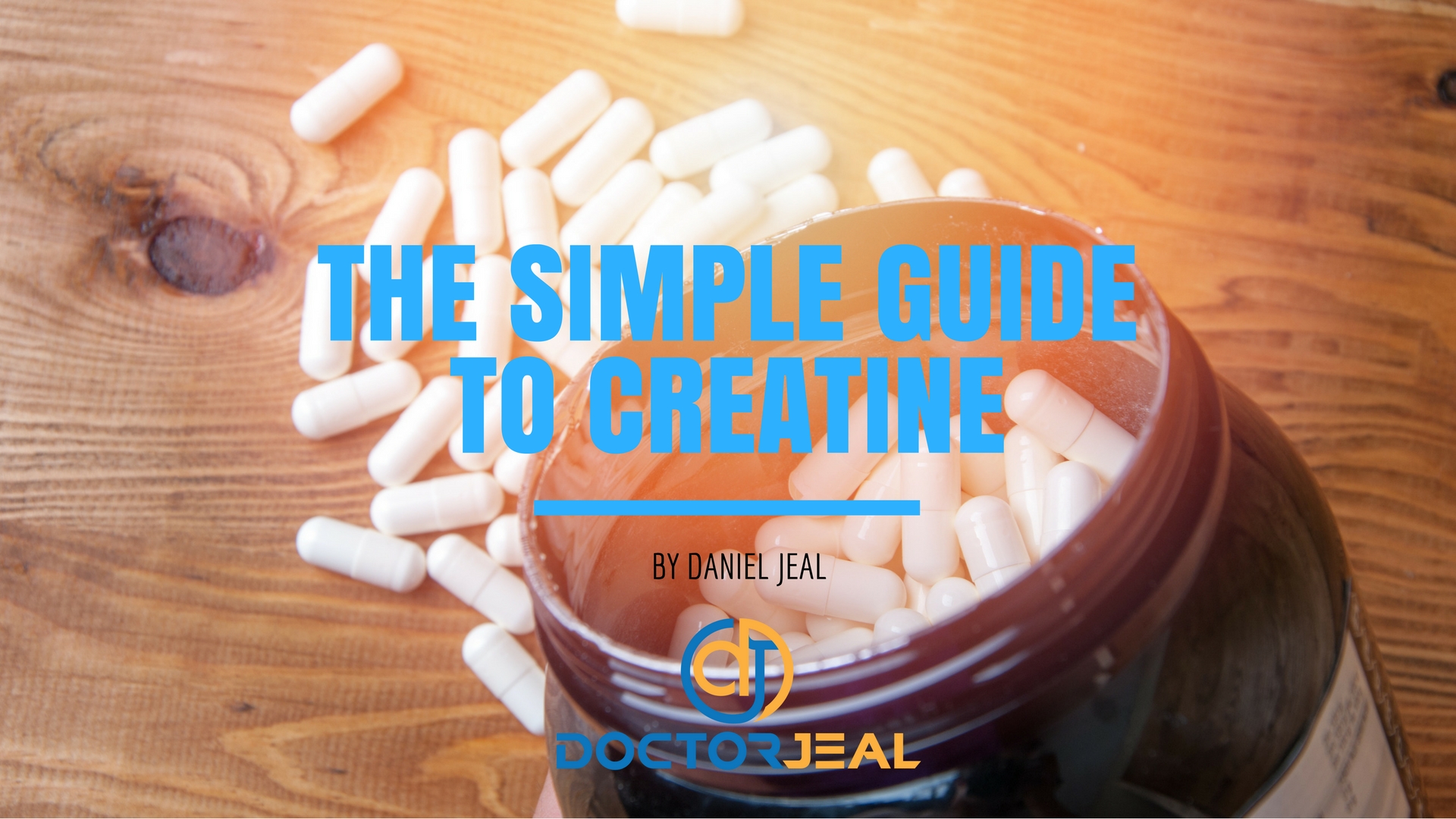Table of Contents
What is it?
The most common form is Creatine monohydrate. It is a combination of amino acids naturally found in the body and dietary sources such as meat and fish.
How does it work?
Before we get on to what Creatine does, it helps to have some background knowledge of its role in muscle contraction.
Within our bodies, and more specifically, our muscles, creatine needs to connect with phosphate in order for it to be in a form that we can use. This is called Creatine Phosphate (CP). Muscle contraction is achieved by breaking down ATP (Adenosine Triphosphate), which enables contraction of the muscle and is the only energy source your muscles can use for contractile activity.
At this point, we probably have enough energy released to provide action for about 4-6 seconds. This is not much time at all, and therefore, ATP needs to be regenerated from its now broken-down form of ADP (Adenosine Diphosphate) back into ATP. This happens in a fraction of a second. The utilisation of 3 pathways achieves this. One of these pathways uses Creatine Phosphate as the energy source to regenerate ADP into ATP.
Creatine is simply a high-energy molecule that regenerates ADP to ATP. This all happens while slower metabolic pathways (the other two pathways used for regeneration of ADP to ATP) are adapting to the increased demand. Our muscles actually store more Creatine Phosphate than ATP, and coupled together, the stores of ATP and the almost instant regeneration of ATP with Creatine Phosphate allow for maximum muscle power for around 15 seconds, enough to complete a hard set of 6-8 bench presses.
What Does it Do?
We now know what Creatine is and how our bodies use it, so let’s have a look at how it’s going to help your workout and the stimulation of muscle hypotrophy (increased muscle size)
The theory of using Creatine to cause muscle hypotrophy is that we can increase the amount of Creatine Phosphate stores in our muscles, which in turn will slightly increase the amount of maximum muscle power at any one time. Basically, this could increase the amount of reps by 2-3 on each set. This will ultimately lead to an increase in tearing and damage to the muscle. Providing we have a good diet and adequate rest, the muscle should re-build more muscle fibres and lead to muscle hypotrophy.
Summary
Although creatine does not directly increase muscle size, it does provide the means for this by giving your muscles the ability to perform additional reps at maximum power. This action leads to increased muscle damage and, subsequently, increased muscle repair and growth.
Side Effects
As with any additional supplement or performance-enhancing product, sometimes side effects are reported, and creatine is not without its fair share. Some of the most commonly reported side effects of creatine use are listed below:
- Odema (water retention), especially in women
- Undesirable weight gain (through water retention)
- Muscle cramps and spasms Gastrointestinal (abdominal) discomfort
- Muscle tears
- Nervous twitches
- Heightened awareness and insomnia
As well as these side effects, it’s possible there are others. Supplements will affect people differently; it’s worth noting that in many cases, people using Creatine do not report any side effects at all.

